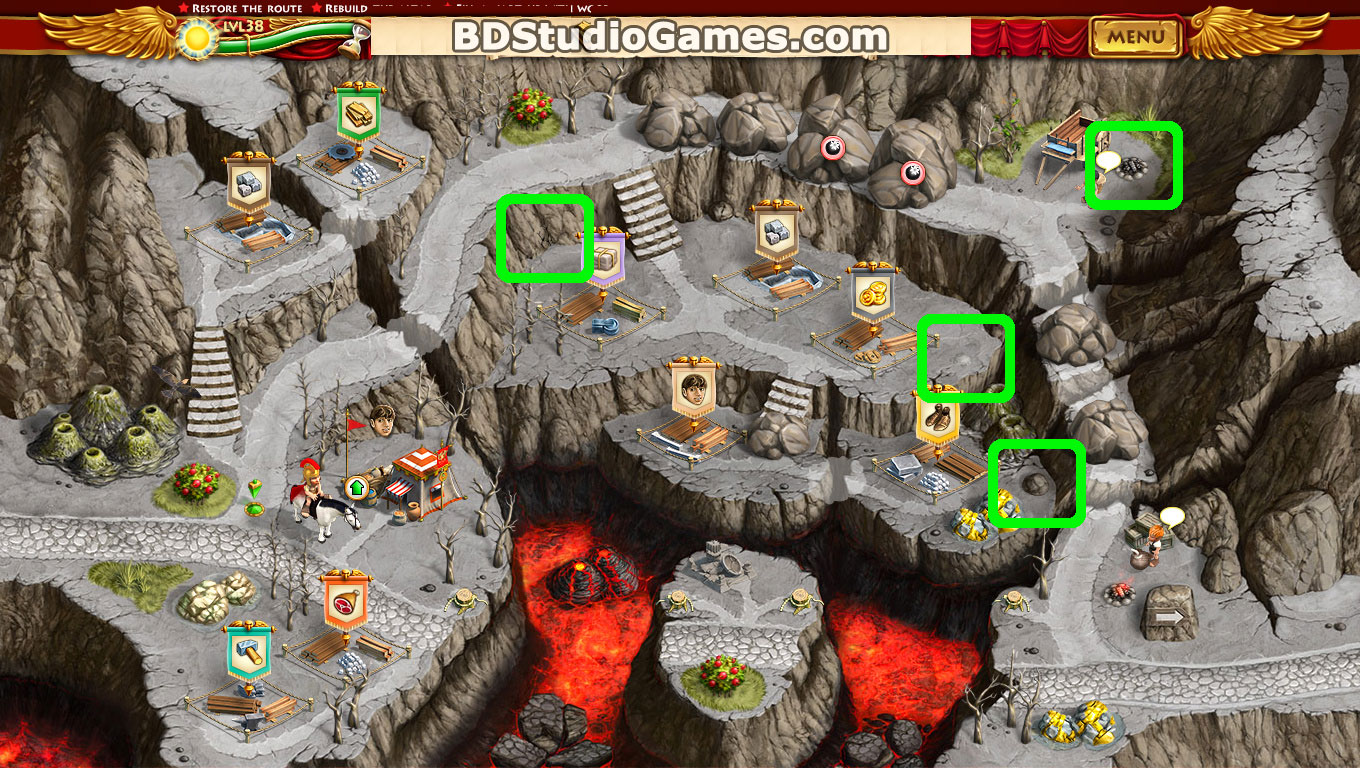
Along with the more common “mutationes,” travelers could also expect to encounter roadside hotels, or “mansiones,” roughly every 20 miles. By stopping off at multiple posthouses, couriers could move as far as 60 miles in a single day. Switching horses was especially important for imperial couriers, who were tasked with carrying communications and tax revenues around the Empire at breakneck speed. These simple posthouses consisted of stables where government travelers could trade their winded horse or donkey for a fresh mount. The most common of these ancient rest stops were the horse changing stations, or “mutationes,” which were located every 10 miles along most routes. They included a sophisticated network of post houses and roadside inns.Īlong with road signs and mile markers, Roman roads were also lined with state-run hotels and way stations. They also provided information on when the road was built, who constructed it and who last repaired it.ĥ. Much like the road signs on modern interstates and freeways, these stone pillars gave the distance to the nearest town in Roman miles and instructed the traveler on the best places to stop. They were easy to navigate.Īs the made their way down one of Rome’s many roadways, weary travelers could guide themselves by a detailed collection of mile markers. Roads were built with a crown and adjacent ditches to ensure easy water drainage, and in some rainy regions they were even nestled on raised berms known as “aggers” to prevent flooding. Finally, the surface layer was constructed using neatly arranged blocks made from gravel, pebbles, iron ore or hardened volcanic lava. This was followed by foundation layers of crushed rocks or gravel cemented with lime mortar. The bottom section of the road was usually made of leveled earth and mortar or sand topped with small stones. Crews began by digging shallow, three-foot trenches and erecting small retaining walls along either side of the proposed route.


Roman builders used whatever materials were at hand to construct their roads, but their design always employed multiple layers for durability and flatness. Britain’s Fosse Way, for example, only veered a few miles off course over its entire 180-mile distance. Even in instances where the road was forced to divert from its course, the Romans typically opted for sharp turns and switchbacks over sweeping curves to preserve their arrow-straight design.

The resulting roads often shot straight up steep hills, and small bridges and tunnels were built to ensure the path could traverse rivers or pass right through mountains. Land surveyors, or “gromatici,” began the building process by using sighting poles to painstakingly chart the most direct route from one destination to another. Since Roman roads were designed with speed of travel in mind, they often followed a remarkably straight trail across the countryside. Royal Geographical Society/Getty Images 2. The image shows two sheets of the eight-sheet map, centered on Rome. This is a 16th-century copy of a 4th-century map attributed to Castorius, covering the road network of the Roman Empire.


 0 kommentar(er)
0 kommentar(er)
